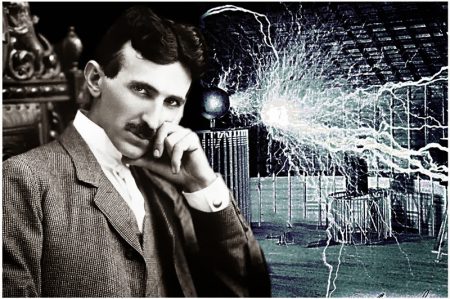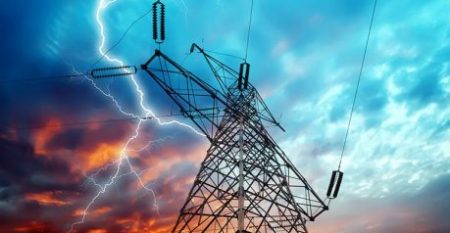December 1, 2017 – It is hard to believe that 2017 has entered its last month. It seems like as I get older, the years keep flying by faster. For me 2017 has bolted at breakneck speed, but not before researchers have come up with amazing inventions, and discoveries. The 21st century is turning out to be a bonanza of invention and human creativity even in the face of “fake news.”
Back in 1999, I was working with a Texas company that was trying to use power lines for data transmission. The idea was simple. Piggyback data to take advantage of grid infrastructure and get to almost every business and home connected to the power transmission network. The challenge at the time was making the data survive the last mile. It was relatively simple to stream data bits over powerlines and it didn’t matter if the lines were providing direct (DC) or alternating current (AC). But when the data reached the last mile it had to deal with power transformers, those boxed devices often seen on telephone poles that sometimes hum. Transformers are designed to step up or step down the electrical energy that passes through them. What does that do to data coupled to that transmitted energy? It’s apparently not kind. So this Texas company in working with DARPA had developed within its laboratory in Mississippi, a device capable of keeping the data stream intact as power entered and exited transformers. Then the data bits could, at high speed, get to computers and other electronic devices in a home not through a broadband or DSL cable, but by arriving through the device’s power cord. At the time I was quite excited about this technology’s potential but alas, getting it from the laboratory to practical use turned out not to be viable.
Then I read a few months ago about research being done at North Carolina State University. Here electrical and computer engineers had devised a system to deliver both power and high-speed data over wireless connections. Were they the first to achieve cordless power transmission? No. After all, today’s smartphones can be recharged using charge pads which deliver power to electronic devices that are in close proximity or touching them. The pads don’t deliver data but rather focus on power transmission exclusively.
David Ricketts, principal author of the paper that announced the North Carolina State invention described how his colleagues and he experimented with wider bandwidth antennas in combination with narrow-bandwidth components to successfully transmit power and data wirelessly. Published in the journal, IEEE Antennas and Wireless Propagation Letters, their paper describes data rates along with power transmission that was pretty impressive. For example, while transferring 3 watts of power, more than enough juice to operate a tablet during video playback, data transmission rates achieved 3.39 Megabytes per second. In these demonstration test, the transmitter and receiver were located 16 centimeters (6.3 inches) apart.
States Ricketts, “Our system is comparable in power transfer efficiency to similar wireless power transfer devices, and shows that you can design a wireless power link system that retains almost all of its efficiency while streaming a movie on Netflix.”
I know it doesn’t seem like much when you talk about transmitting over a 16-centimeter gap. But this is just the beginning of a very promising technological breakthrough.
North Carolina State isn’t alone in manipulating Wi-Fi to do both power and data delivery. There are others experimenting with rudimentary combined power and Wi-Fi (PoWi-Fi) routers that operate remote cameras at distances of up to 6 meters (20 feet) from the wireless source without degrading the video feed.
So imagine just how this technology could change things? Could we, through a Wi-Fi link power up a fleet of autonomous vehicles while transmitting and receiving data from them as they went about the business of picking up and delivering passengers to urban destinations. Could we provide the power to light, and heat, while delivering the data feeds for television, radio, and the Internet all through Wi-Fi connections? Would Developing World nations be able to skip many of the steps we in the Developed World had to go through related to power and data?
Right now the North Carolina State invention delivers power and data over a small distance. But I would bet that the short distance issue will soon go away. And when it has, it will have fulfilled a dream first described by Nikola Tesla over a century ago when he imagined a world where both power and communications are transmitted without wires.

















